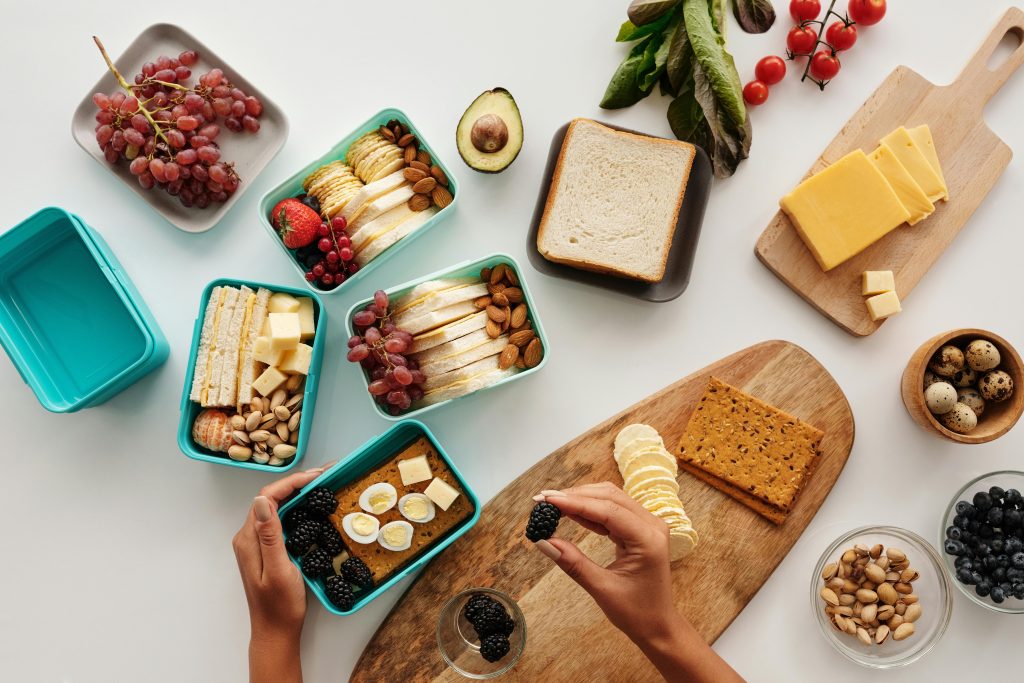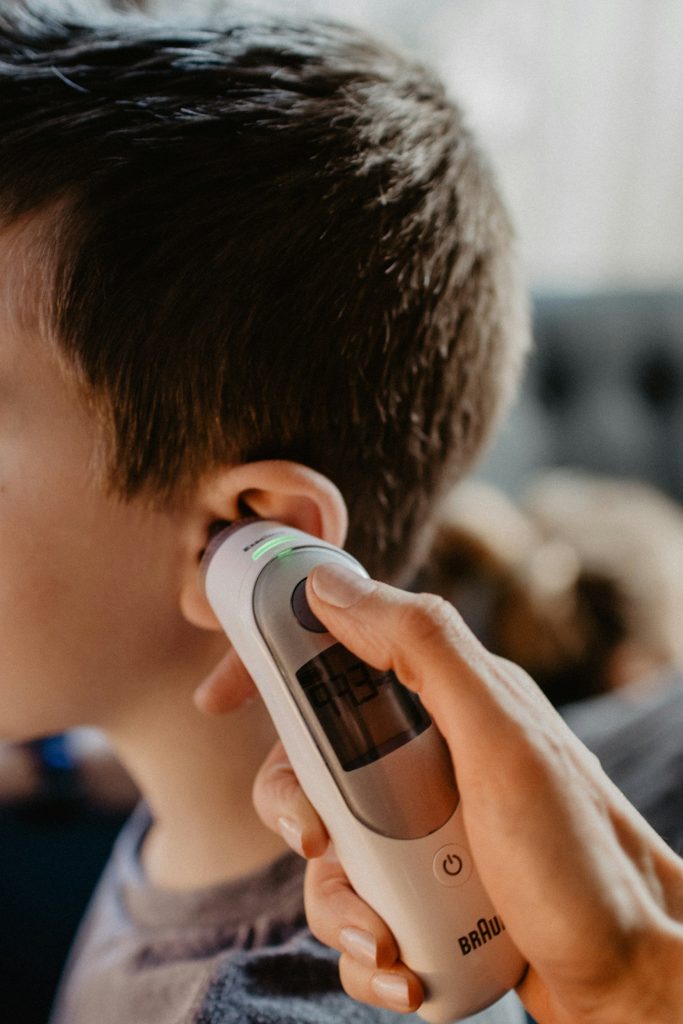Written By Eliy Lirange, Student Volunteer & Soleina Karamali, RD
In our 3rd post in the series Preventing Picky Eating we highlight the importance of including children in the kitchen as a way to familiarize them to different ingredients and foods. If you haven’t read our first tip The Power of Food Play or our second tip Eating Together, be sure to review those for other ways to prevent picky eating.
Food Literacy
Children go to school to learn literacy and understand the world around them. Literacy is defined as “ the ability, confidence and willingness to engage with language to acquire, construct and communicate meaning in all aspects of daily living.”(1) Similar to traditional literacy, food literacy is understanding how to pick and prepare foods that support individual health and a sustainable food system (2). Acquiring food skills at a young age is essential to establish confidence, life-long healthy habits, and traditional or cultural food knowledge (3). In the sense of eating behaviours, food literacy can help children feel safer around new and unfamiliar foods to mitigate picky eating behaviours. Our homes are a perfect environment to expose children to the planning, preparation, and clean-up of meals.
Where to start?
Including children in the kitchen is simple but can be messy. When children are included in the kitchen it provides an opportunity for them to further their knowledge on on how meals are made and allows for sensory exploration (read here on why we think this is important!).
One way to include your child in the kitchen is through meal preparation. Start out with giving your child a small task and eventually they can advance to more complex steps. For example, allowing them them to mix sauce ingredients, hold the measuring cup while you measure ingredients, rip leafy greens, scoop the rice into the rice cooker are all tasks that are perfect for that toddler age. Older toddlers can help with cutting soft foods using kid-safe knives or rinsing produce. As they get older and more familiar in the kitchen, you can advance the tasks like having them pour the seasoning into a measuring spoon themselves, spoon the cooked pasta into serving dishes, choosing which tomatoes to use, or helping flip pancakes.
To continue to increase their awareness in the kitchen you can ask them questions to encourage additional exploration – whether that is tasting, smelling, feeling, comparing or counting!
- How does the cinnamon smell?
- Which bell pepper is the crunchiest?
- How does the cooked rice feel compared to the uncooked rice?
- How many seeds does the lemon have?
- Did the spinach change once it was cooked?
- Can you line the blueberries from smallest to largest?
These questions open up opportunities for food touching and tasting in a non-pressured way.
Of course these tasks may lead to spills and mess, which can be time consuming for busy parents. We recommend finding a time when you have the patience and energy to allow for the extra clean-up that will inevitably need to occur. We also recommend a tower or stool to allow kids to be at the same height as the counter. This can help minimize spills as they will be better able to reach bowls and spoons and see what is going on.
It doesn’t stop in the kitchen…
Including children in meal preparation can go beyond the kitchen. It can include activities like planning meals, grocery shopping for ingredients, and cleaning up after meals. At every stage children learn life and food skills from implicit and observational learning. Encourage them to help you create the dinner menu for the week, empower them to check the fridge for ingredients, and bring them along to the grocery store to select the ingredients. (3) If a child observes and eventually participates in meal planning, they will build the knowledge and skills to do the same in the future.
During meals, include children in the preparation before and after going to the table. Some tasks that are child-friendly are:
- Bringing food to the table
- Setting the table
- Passing foods to one another at the table
- Scraping plates into the compost
- Loading the dishwasher
- Packing leftovers and lunches
All of these opportunities indirectly expose children to the senses of mealtimes and can be a great way to not only teach important life skills, but expose children to non-preferred foods as well. It also reinforces to children that they are an important participant in mealtimes and outlines expectations about what some of the shared tasks are in a family.
In conclusion…
Teaching children food literacy is an important life skill, but can also support with the prevention of picky eating. Children who help make meals build a sense of pride over their creation and are more likely to sample what they helped make. In addition, including children in other mealtime activities not only can be helpful to the family, but indirectly exposes them to the sense of mealtimes.
When to seek help…
Involving children in the kitchen is an easy way to provide learning opportunities about food literacy and sensory exposure. If you are finding it challenging to incorporate this in your own home, reach out to one of our therapists to book a Free Discovery Call to learn how we can be supportive!
References
Van der Horst, Klazine, et al. “Picky eating: Associations with child eating characteristics and food intake.” Appetite, vol. 103, 2016, pp. 286-293, https://doi.org/10.1016/j.appet.2016.04.027.
Government of Alberta. What is literacy?
[Internet]. Edmonton: Alberta Education; 2024 [cited 2024 Oct 3]. Available from: https://education.alberta.ca/literacy-and-numeracy/literacy/everyone/what-is-literacy/
Silva, P. Food and Nutrition Literacy: Exploring the Divide between Research and Practice. Foods. 2023;12(14). doi:10.3390/foods12142751
Government of Canada. Involve kids in planning and preparing meals [Internet]. [place unknown]: Canada.ca; 2024 [cited 2024 Oct 3]. Available from: https://food-guide.canada.ca/en/healthy-eating-recommendations/cook-more-often/involve-others-in-planning-and-preparing-meals/involving-kids-in-planning-and-preparing-meals/



